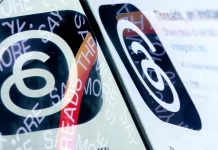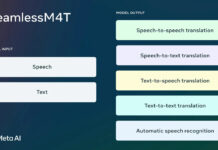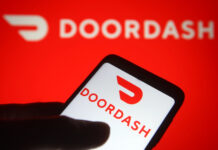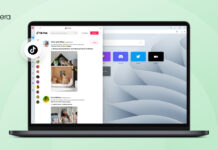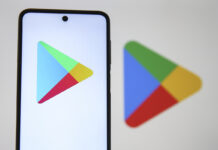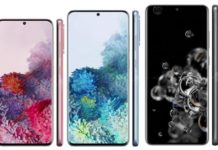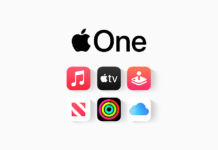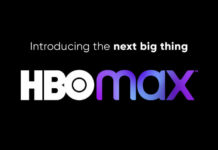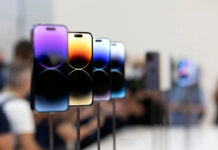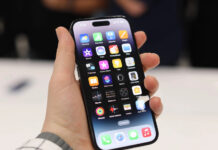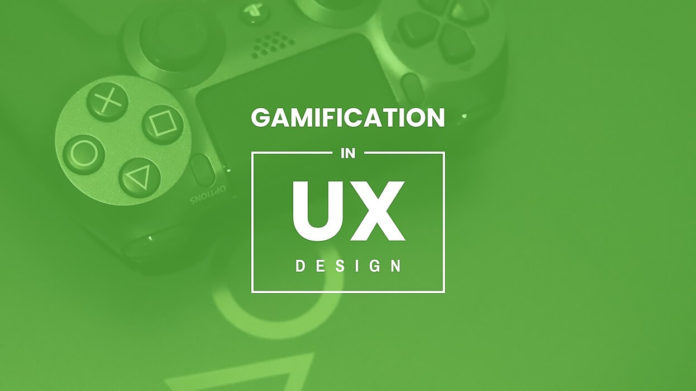Game vs Gamification Game is the act of playing and entertaining ourselves. Whereas gamification aims to engage and motivate building an immersion into the product. Simply, it’s a use of game mechanics to leverage the environment of gaming.It can include things like avatar, progress bars, points, leaderboards and badging. The mechanics used in game design are not limited to playing games. They are all around us like, every time we earn points by flying, every time we buy eight coffee and get next free, children eat well in expectation of getting chocolates, we earn a position if we do something good in our job etc.
What and Why of Gamification ?
Gamification is the process of using game mechanics to engage users and solve real world problems. A purposeful, attentive, playful way to talk to and alter the story and story to talk back which may also involve narration and storytelling. Game design and gamification concepts are mistaken with each other as they are opposite in many aspects. Firstly, we can inject fun elements into applications and systems that might otherwise lack immediacy or relevance for users, and incentivize them to achieve goals.Gamification is all about creating designs that are not only useful but also engaging and enable users to interact with the products, services, websites, apps, games, etc. Since UX design is integral to the designing of games, it is interesting to know how gamification in UX design can impact the design of games.Introducing gamification in the design of the product and services helps to increase user engagement. It definitely helps in providing much enhanced user experience. We can add elements that can be incorporated into UX design to create interest, leading to enhanced user experience and engagement. Gamification in UX design makes games interactive and encourages users to play more games for more rewards and points, leading to increased user engagement.Ultimately gamification significantly improves productivity, knowledge retention, customer engagement and retention, HR management and much more.
How can we use Gamification
As a designer we must find the intersection between the user goals and the business goals. Gamification is a pretty tricky task, as there should be a balance tradeoff between “fun and factor” and taking into consideration the tone of the subject matter. Gamification can be used in multiple ways into our design.
Don’t Force Give Option
The essence of gamification lies in developing simple, easily accomplished tasks for users. Incorporating well-chosen gaming features into the product and services enables designers to provide better user experience and helps in uplifting conversion rates too.
Make It Flow
We designers aim to create a lubricant and add a smooth flow without adding fiction to the task completion. We should let users interact and immerse into their task by giving subtle feedback on the current status.Make the User Feel Smarter
As a designer we can reduce the number of complexity in the completion of the task. We should let them do it by themselves rather than completing ourselves. We should not make our tone of speech an authority figure rather than we should be polite and keep congratulation messages limited.Indicate Progress
We should reflect users about their achievement received and current progress they are in. We need to convey them in a rational way and remind them slightly about their starting point.
Challenge Your Users
Humans have a nature to take challenges and prove we are capable of doing that. It’s a good idea to incorporate reward along with the challenges that the user is faced with. This can play as a factor so that users can feel more motivated with the ongoing tasks.Add Points
Player success can be measured in points. The product can also apply success metrics representing points. Users first see their achievements and the others can estimate user engagement. It simply can be the number of views or check ins.Badge and stickersThis can be great and mostly can also see this mechanism used around us. I complete a course or get a badge of Google developer expert and get recognized in the developers committee worldwide. In the digital world when a user completes a challenge or gathers a number of points they can be awarded with badge or stickers. Such reward and badges can be an additional factor in driving motivation.Leaderboard
Humans tend to act and become one ahead in the crowd. The thing we are intending here is to have a sense of competition and make a lead in the digital space. The list of users ranked in order makes a sense of increasing enthusiasm. But in some cases this also can demotivate people as the leader has a lot of score and is falling behind.Add constraints
Adding constraint does not seem funny at all but still there can be a game element constraining platers to complete certain tasks at the given time to achieve additional points. Users may be offered to do something which is available only today. The constraints make people react faster and somehow motivate them to take action right away.
Gamification should be an experience that we designers “craft” carefully into an existing system, not a feature we insert.
Gamification mechanism in action
Dropbox rewards users with the exact same thing as they download and install dropbox for the first place. To gamify they start by rewarding users with the thing they use the application for.Airbnb

Airbnb does everything that Dropbox does and takes it a step further. If a user’s friend travels using Airbnb then users receive $75 more.Nike Fuel App

Nike fuel app presents examples in automated structure. They provide users with daily fuel points which they can use. And the way to get feedback is just simply generated by comparing the total number of Nike fuel points earned in the last two days. Users can further track active hours and earn more simply by tracking users active hours and comparing to the daily goals.Dulingo

Dulingo also takes gamification to another level and does it really well. They take automated experience a step further with “Shop”. Not just that one user also gets feedback on the progress made with reward included i.e Lingots.
We have a strategy to motivate users to provide these kinds of experiences, but this makes it much easier to move to further steps. Gamification forces users to think of actions and feedback that produce and automates the structure.

